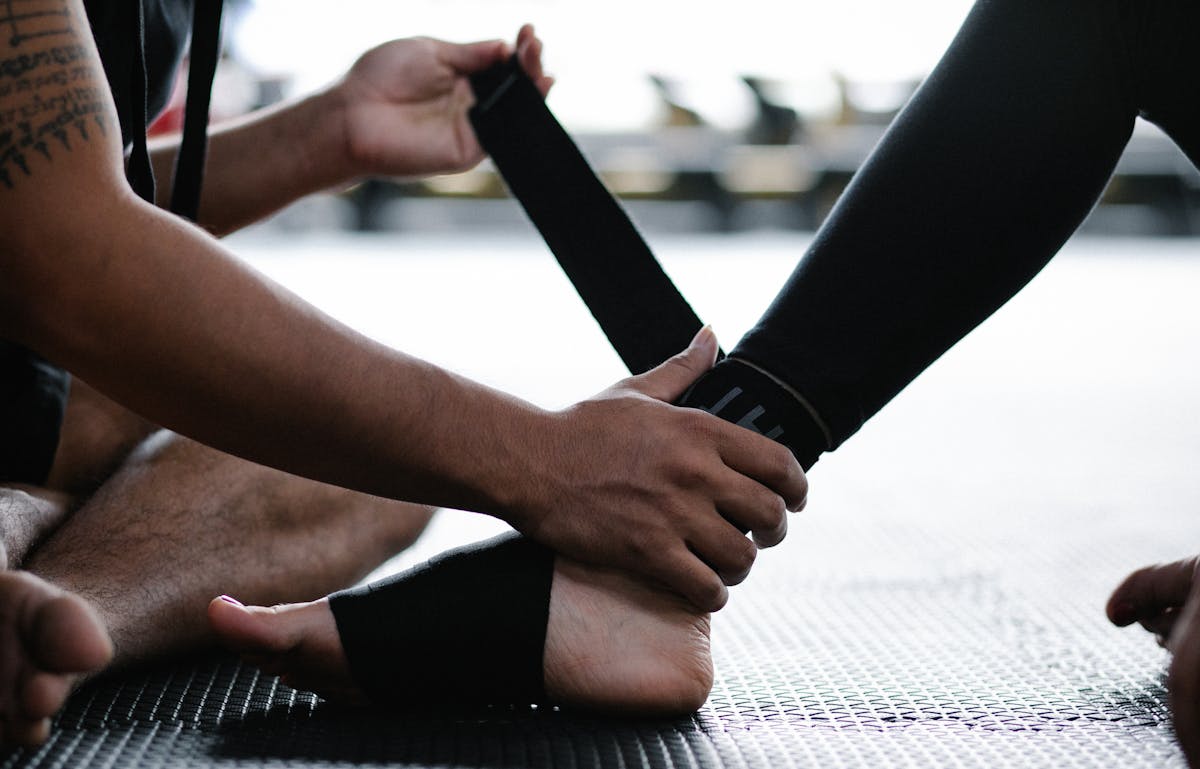Orthopaedic Supports & Braces
Last updated: April 19th, 2025

Orthopaedic supports and braces are medical devices designed to stabilise and support various parts of the body. They are essential tools in managing musculoskeletal conditions, injuries, and post-operative recovery.
Why Are Orthopaedic Supports/Braces Prescribed?
Orthopaedic supports and braces are prescribed for several reasons:
- Injury Recovery. They help stabilize injured joints and muscles, promoting healing and preventing further damage. Common injuries include sprains, strains, and fractures.
- Chronic Conditions. They manage symptoms of chronic conditions like arthritis, tendinitis, and carpal tunnel syndrome by providing support and reducing pain.
- Post-Operative Care. After surgery, braces and supports help immobilize the affected area, aiding in recovery and rehabilitation.
- Preventive Measures. Athletes and individuals with physically demanding jobs use them to prevent injuries and enhance performance.
How Do Orthopaedic Supports/Braces Work?
Orthopaedic supports and braces work by providing external support to the affected area. They help in the following ways:
- Stabilisation. They limit the movement of the injured or affected joint, reducing the risk of further injury.
- Pain Relief. By supporting the injured area, they reduce strain and alleviate pain.
- Alignment. They help maintain proper alignment of the joints and muscles, promoting healing and preventing deformities.
- Compression. Some supports and braces provide compression, which helps reduce swelling and inflammation.
Who Prescribes Orthopaedic Supports/Braces?
Several healthcare practitioners can prescribe orthopaedic supports and braces, including orthopaedic surgeons, physiotherapists, sports medicine specialists and medical doctors. The latter provide primary care and can refer patients to specialists if needed.
What Happens When Using Orthopaedic Supports/Braces?
When using orthopaedic supports and braces, patients typically experience the following:
- Improved Stability. The support helps stabilise the affected area, reducing the risk of further injury.
- Reduced Pain. By supporting the injured area, the brace or support alleviates pain and discomfort.
- Enhanced Healing. Proper alignment and stabilisation promote faster and more effective healing.
- Increased Mobility. By managing symptoms, supports and braces can improve overall mobility and quality of life.
Patients should follow their healthcare provider's instructions for wearing and caring for their orthopaedic supports and braces. Regular check-ups ensure the devices are fitting correctly and effectively managing the condition.